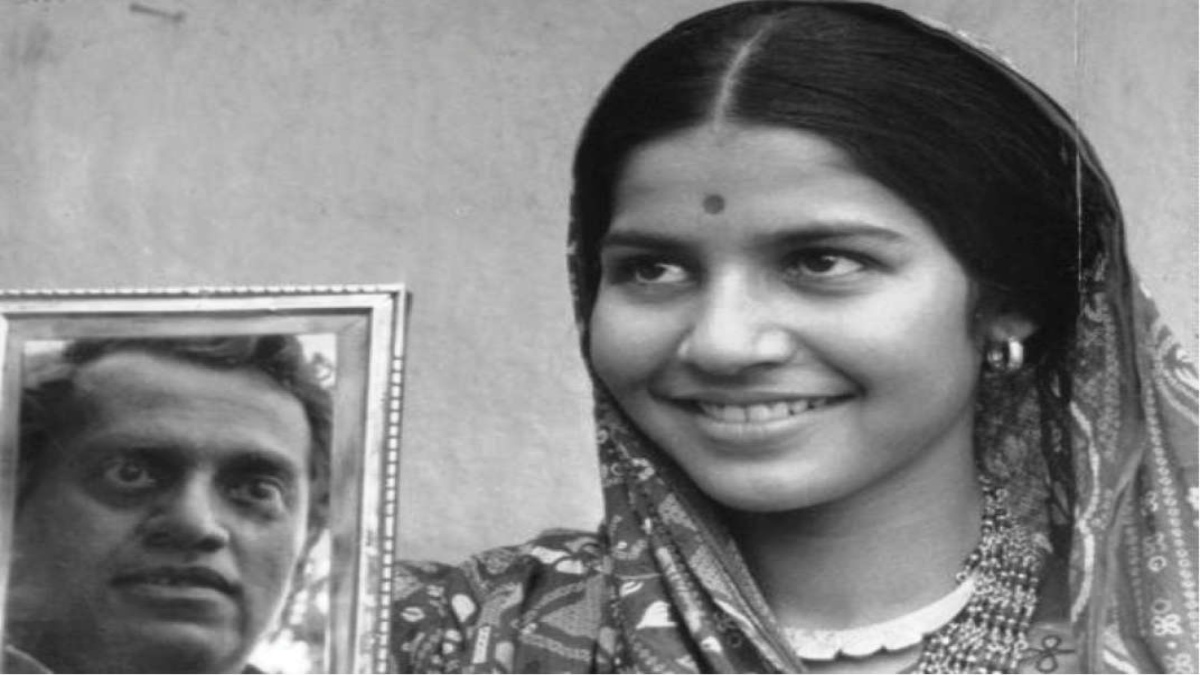
MUBI is known for bringing cinematic classics back in limelight. The platform has started the New Year 2021 by showcasing a rare gem of Indian cinema, the 1969 classic by the legendary Mrinal Sen, for cinephiles in India as well as abroad. Sen, who was one of the leading filmmakers of India’s Parallel Cinema, made ‘Bhuvan Shome’ with a shoestring budget. Little did he know at the time that over the years the film will become synonymous with his name. ‘Bhuvan Shome’ tells the story of the isolated life of its eponymous character, Bhuvan Shome, which is essayed by the great Utpal Dutt. Shome Sahab, as he is called by the narrator (Amitabh Bachchan making his film debut as the film’s voice narrator) is a Bengali bureaucrat. He is a lonely widower and a strict disciplinarian who has spent his life working for the Indian Railways. He has zero tolerance for the corrupt or the incompetent. As informed by the narrator, once he even went to the extent of firing his own son. ‘Bhuvan Shome’ is widely regarded by film critics and scholars across the world as an important work of cinema. Let’s try and examine its deceptively simple narrative.
At the most basic level, ‘Bhuvan Shome’ can be described as a film about a man’s bird hunting adventure on the shores of Saurashtra—a flourishing region located on the Arabian Sea coast of Gujarat. Bored by his monotonous office routine, one day Shome Sahab decides to go on a bird hunting trip to Saurashtra. The theme of hunting is often associated with the elite, upper-class people trying to overcome their boredom. The bird hunting expedition in ‘Bhuvan Shome’ harks to Jean Renoir’s ‘The Rules of the Game’ (1939).
At another level, the film can be seen as a powerful character study of a strict bureaucrat who finds it difficult to survive the moment he steps outside the comforts of his cocooned existence. The film can also be looked upon as a treatise on human solitude and longing for companionship. Doomed to live in solitude, Shome Sahab, trapped in an alien land, quickly realises that he has inadvertently pushed himself a bit too far out of his comfort zone. It soon becomes a journey of self-realisation for Shome Sahab who gradually learns to appreciate the importance of the human company.
Yet another way to approach ‘Bhuvan Shome’ is as a social commentary on the great rural-urban divide in India. While a powerful bureaucrat like Shome Sahab living in the city is cruel to everyone around him, the people in the village are friendly and helpful even to the strangers. It is also a film about human camaraderie and trust. How a beautiful village girl named Gauri (essayed by Suhasini Mulay) leaves everything aside to help a total stranger whom she sees as her guest. How Shome Sahab begins to blindly trust the young girl during his bird hunting expedition. Now, some have even commented on the undercurrent of eroticism that runs through the movie. While it is quite obvious that Shome Sahab grows fond of the young village girl, there is little in the movie that even obliquely suggests the possibility of any sexual attraction.
Mrinal Sen’s imaginative direction is brilliantly complemented by K. K. Mahajan’s breathtaking black & white cinematography which gives the movie its soul. Mahajan brilliantly captures the vast expanses of Gujarat’s desert land, even reminding one of the majestic desert scenes from David Lean’s ‘Lawrence of Arabia’ (1962). The extreme close-ups reveal a lot about the characters even before we get to hear them talk. The overhead shots of moving railway tracks, and horse/bullock carts are used to accentuate the toil associated with travel.
The editing techniques employed in the film are also quite clever. In addition to a couple of impressive montage sequences, the movie uses a lot of jump cuts and freeze-frames. There is a beautiful sequence in ‘Bhuvan Shome’ which deserves a special mention wherein Gauri pretends to be on a swing and the camera strategically zooms in and out on her, imitating the swing action. Vijay Raghav Rao’s musical pieces immensely add to the experience.
A major highlight of the film is Utpal Dutt’s unforgettable performance. Anyone who aspires to become an actor ought to study his performance in the movie very closely. A role as complex as Shome Sahab requires an actor to blend ruthlessness, vulnerability, and tenderness in equal parts, and, Dutt, of course, is up to the task. His eyes, facial expressions and body gestures together communicate a lot more than his verbal delivery. A lesser actor would have made the character look like some caricature, but, Dutt, to his credit, breathes life into it. Also, Suhasini Mulay essays the part of a rustic belle beautifully and her amiable character serves as the perfect foil for Dutt’s mean bureaucrat.
‘Bhuvan Shome’ is an undisputed masterwork of cinema and a testament to Mrinal Sen’s iconoclastic genius. It’s a kind of cinema that’s free from the conventions of plot and structure. Here is a film that can be enjoyed at so many different levels if one is willing to indulge.